You are thinking about taking a road trip, but you have never driven before in Australia. Road trip holidays are one of the most enjoyable and popular ways to explore the Aussie nation. Before you start your journey, you should know that a road trip for the first time in this nation would be an exciting experience. However, it can also be a daunting task as there are a lot of different roads with unique rules for driving. Plus, you would also come across a lot of landscapes along the way, and you also need to remain careful with the wildlife.
If you want to drive in Australia, then there are a few things that you need to be aware of, as well as some level of preparation and knowledge. In Australia, a metric system is used. Speed limits and measurements are calculated in kilometres rather than miles. Here, we will fill you with some of the most important points that you need to consider as first-time drivers in Australia.
We will cover everything from road rules to safety guidance, information about how to buy fuel, and tips for navigation in the country’s mixed terrains. It won’t matter if you are a seasoned driver or a complete novice at driving. This guide will help you gain the wisdom and confidence to easily navigate through Australia’s roads. So start the engine, fasten your seat belts, and let’s start your driving adventure in Australia.
1. Make Sure You Have The Necessary Documents
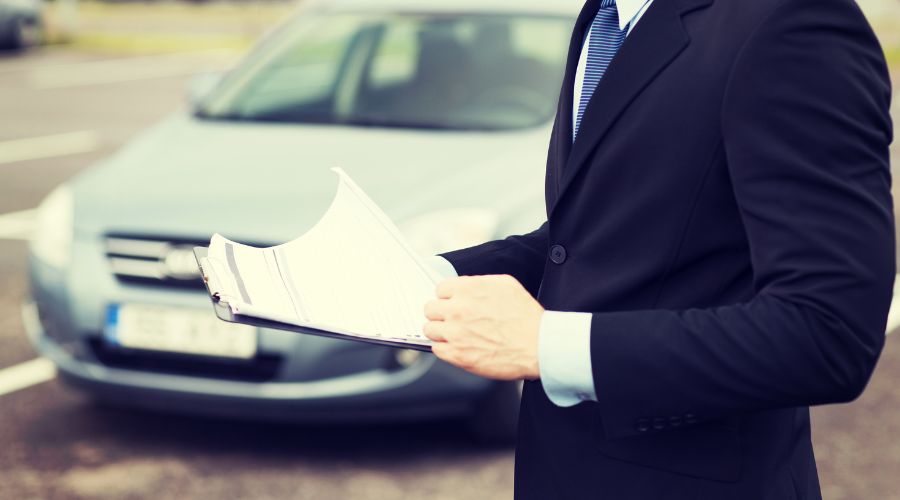
To start your adventurous road trip, you need to make sure that you have all the necessary documents and paperwork with you. The very first and most basic thing you will need for driving in Australia or anywhere in the world is a driver’s licence. Also, you need to be aware of the fact that you need to have an international licence to drive. Your licence should have a proper photograph of you, and the information should be in English.
If it has any other language, then you need to carry a copy of the licence with an English translation, or you can get a permit for driving from the International Driving Permit (IDP). If the photo is blurry or has scratches that make it hard to see, then you should have another valid document, like your passport, that should have a good picture of you. When you rent a car, always do proper research about the place you are renting from as well as the condition of the car, and prepare valid documents before taking the car on the road.
2. Stay Left! Always Drive On The Left Side Of The Road
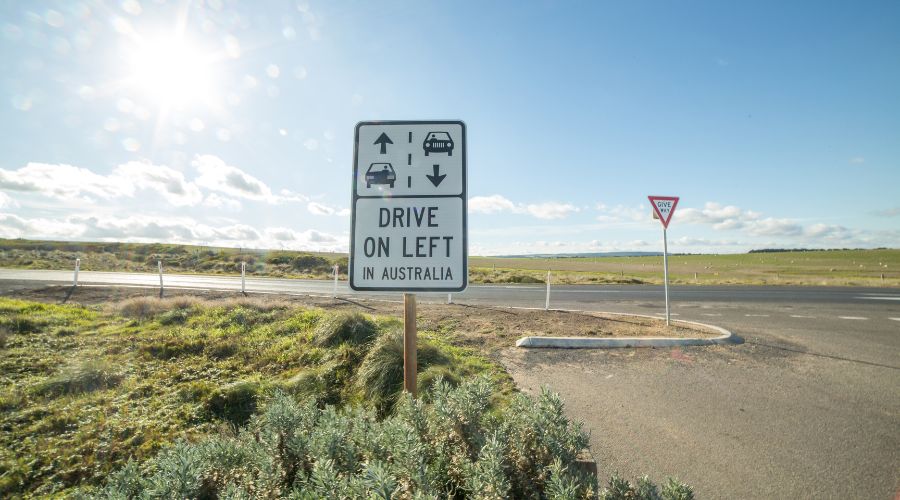
There are lots of countries where roads and cars are built to be driven on the left side, like India, Indonesia, South Africa, Malaysia, Hong Kong, New Zealand, and many others. Australia is one of the countries where drivers sit on the right side of the car and drive on the left side of the road. There is a strict law that a person should always keep driving on the left side unless he or she is overtaking another vehicle. Only then will you be allowed to switch lanes.
People who come from countries that have been driving on the left side will have nothing to worry about. However, if you are someone who is used to driving on the right side, then you need to keep in mind that the incoming traffic will be coming from the right side of your shoulder. At first, it might be a little difficult for you, but with a little practice and patience, you will get the hang of it in no time. So, when you get to Australia, you need to familiarise yourself with this new way of driving. You can start by practising on small roads before going onto the highway.
3. Learn About The Unique Road Signs
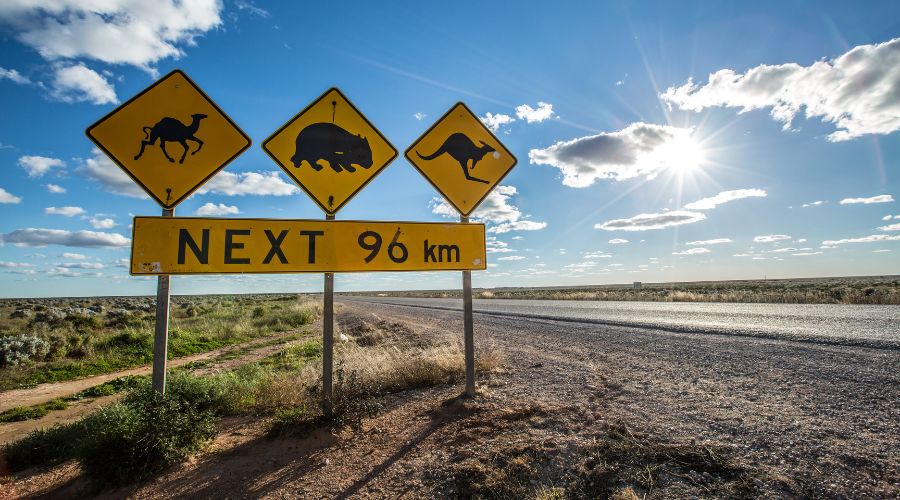
Road signs are handled by the government of every state in Australia and are generally applicable throughout the country. Since 1999, the National Transport Commission, also known as the NTC, has been the one who created the first road rules for Australia. Before you start driving in Australia, you need to be aware of the unique road signs that you will get to see on your road trip.
There are plenty of signs on the road, and it is crucial for the person driving to know the meaning of those signs. Some signs are well-known globally, like the stop sign, dead-end sign, deer crossing sign, warning sign, and many more. However, there are a few signs that can only be found in Australia, such as animal crossing signs like kangaroos, koalas, wombats, brumbies (wild horses), camels, and emus. Apart from these, some signs let you know about upcoming things like dips, movable bridges, and trams. It is highly recommended to follow the signs for a safe journey.
4. Know How To Interpret Traffic Signals
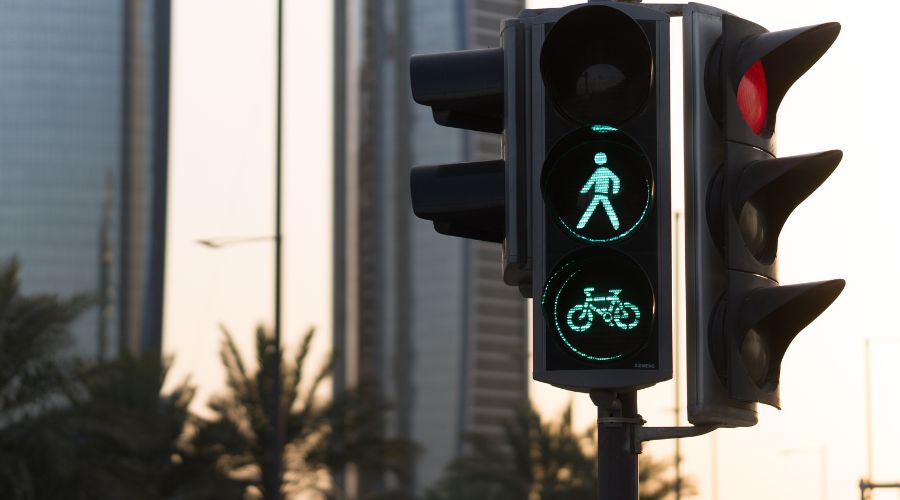
Interpreting traffic signals is an important thing for any driver, as these signals are built for the smooth flow of traffic. They are designed to transmit particular instructions to everyone, from cyclists and bikers to drivers and pedestrians. It is crucial to understand these signals to navigate the roads effectively. There are different types of traffic signals and how to interpret them correctly.
- Red Light: This signal means that you need to stop close to the ‘Stop’ line on the road.
- Yellow Light: This light signals you that soon the light will turn red, so you should slow down and prepare to stop your vehicle. Always avoid increasing your speed when you see the yellow light.
- Green Light: The green light signals to you that it is now safe for you to go.
Some traffic lights have arrows in them and are called “turn ‘signals’. They are made specifically to indicate whether traffic should turn right or left.
- Red Arrow: When the arrow is red, it means you must not take the turn.
- Green Arrow: When the traffic light displays a green arrow, It means that you can turn in that direction.
- Yellow Arrow: When the arrow is flashing in yellow, you need to wait for it to turn green before you can take your turn.
Apart from these colourful signals, there are some other signals made especially for heavy vehicles and light vehicles.
- Buses: There are few traffic lights that signal the ‘B’ sign, which is made for buses that travel in the bus lane only. Buses have to follow the same colour rules: red for stop, yellow for wait, and green for go.
- Trams: Some traffic lights display the letter “T,” which is built for trams. These signals are usually white in colour with a black background. Trams prepare to stop when they see a yellow light, get going when the light is green, and stop completely when the light turns red.
- Bicycle Signals: There are signs made for bicycle riders. These signals are used to allow the bicycles to cross at some corners. There are only two colours for bicycle signals: red and green, which, more like the other signals, tell the riders when to stop and when to go.
5. Follow Simple Rules To Avoid Accidents
There are a few simple rules that are made to decrease the chances of road accidents. If you follow these rules while driving in Australia, you will have less possibility of getting into an accident, and it will eventually make your trip more safe and enjoyable. Below, you will find some basic rules that are important for you to follow:
I. Drive With Seatbelts On
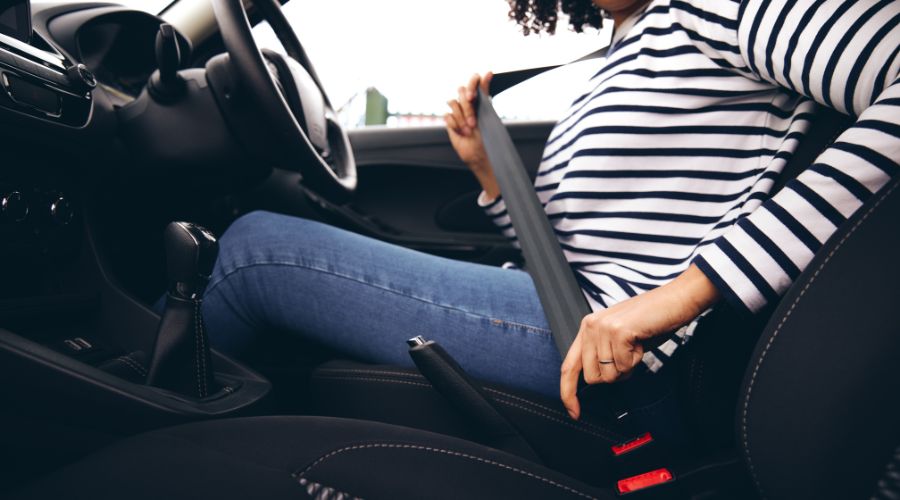
One of the rules that the Australian government is strict about is having seatbelts on while driving. It is mandatory with no exceptions, and having seatbelts is actually beneficial for you as it keeps you safe. Even if you end up in a small accident, seatbelts can protect you from serious injuries. If you are travelling with little kids, then there are separate rules for installing children’s car seats and baby capsules in your car to keep the little ones safe.
However, if you are travelling on a bike, scooter, moped, e-bike, or icycle, Then wearing a helmet is necessary, as it protects one of the most important organs in the human body, the brain. If you travel without these safety measures, you might be pulled over by cops and have to pay a fine, which will eventually get you in a lot of trouble.
II. Avoid Using Mobile Phones While Driving

Using your mobile phone while driving is considered illegal in Australia. Even if you are trapped in a traffic jam or stopped at a red light, you are not allowed to use your mobile. But if it is really necessary to use your mobile for navigation, then you need to have a hands-free cradle for holding your mobile. Buying a mobile holder is highly recommended if you are travelling on a bike or if you love to journey in a vintage car.
Modern cars have a car infotainment system to which you can easily connect your mobile phone. By doing this, you can ease up your trip as you will be able to use lots of mobile features without using a mobile in your hand. You will be able to easily make calls and answer incoming calls; you can easily navigate by using the voice command characteristic. There are several traffic monitoring cameras on the roads that can easily catch you if you are using your mobile phone while driving. If this happens, then you will need to pay the penalty for your mistake.
III. Always Park Your Car In A Valid Parking Space

You might need to make multiple stops on your journey; sometimes it will be for food and refreshments. Other times you might stop because you spot a beautiful landscape and want to take some pictures, or you might want to take a break as you get tired from driving. Whatever the reason, it is important for you to properly park your car, and for that, you need to remember a few things.
Always park your car on the left side of the road, as stopping in the middle of the road will cause trouble for other people and it is illegal to park facing oncoming traffic. It is also vital for you to check for parking signs. If the sign shows 2P, then it means that you can park your vehicle in there for 2 hours, and the same goes for 3P, meaning 3 hours of parking. However, the rules are quite strict, so if you extend your period of time, you will be fined for the extra time.
IV. Be Careful While Crossing The Railway lines
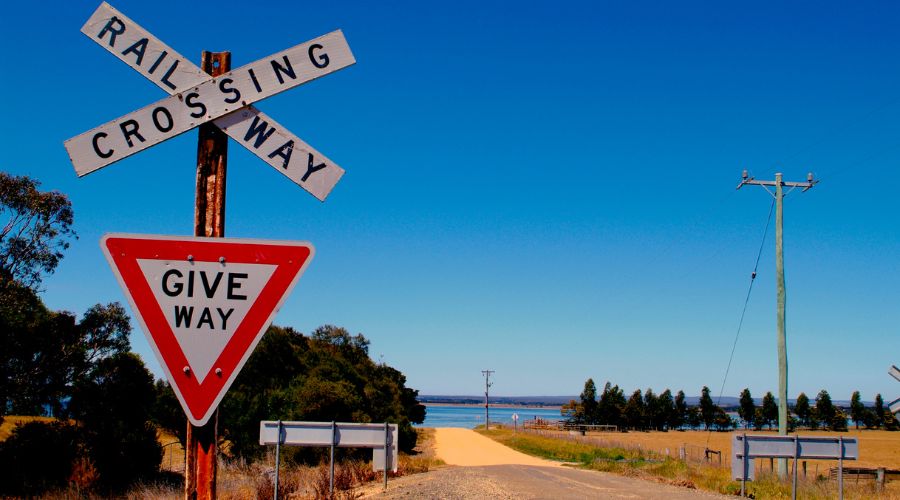
Railway lines can be a dangerous part of the road. While you are taking a road trip in Australia, you will come across some railway lines, so it is really important to know some basic and vital information before crossing the lines. Whenever you come to a railway crossing, you will need to stop your vehicle for a moment. Even when the gates are up, you should always take a look around to see if there are any signs of the incoming train.
You need to be 100 percent sure before trying to cross, so always look carefully and listen for any distant sound of a train travelling towards you. You will also need to follow all the warning signs, like the stop sign and flashing lights. When the lights start blinking, it is a sign that the boom barrier or the boom gates are coming down. Do not try to speed up and cross the line before the gates get down. It can be highly dangerous and life-threatening for you and your loved ones.
V. Never Drive Under Any kind Of Influence
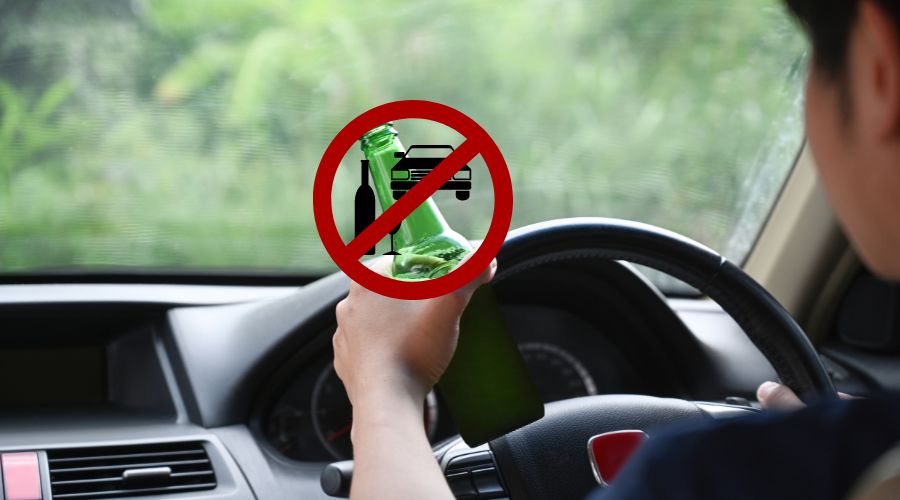
Australian road laws are pretty strict, and driving under any kind of influence is a serious and punishable crime. Also, a person should always drive while his or her senses are working perfectly. Driving while high can be dangerous for you as well as other people on the road. People who drink and drive cause road accidents, which lead to serious injuries and, in some cases, even death. The other person who gets involved in the incidents will also get hurt critically.
For the safety of yourself and your loved ones, and for the sake of other people’s lives, A person should never drive when he or she is drunk or doing any other kind of intoxication. If a person gets caught driving while not in a hangover, then the person has to face the consequences and go through the trial. The police conduct breathing and drug tests, and the punishment is decided according to your blood/breath alcohol concentration (BAC). Below, you will see the chart to learn about it:
| Blood/breath Alcohol Concentration (BAC) | Licence suspension period | Maximum amount of fine | Maximum time on imprisonment |
|---|---|---|---|
| 0.00 - 0.05 BAC | 3 to 9 months | $2,200 | Up to 3 months |
| 0.05 - 0.10 BAC | 3 to 9 months | $2,200 | Up to 3 months |
| 0.10 - 0.15 BAC | 3 to 12 months | $3,000 | Up to 6 months |
| Over 0.15 | Minimum 6 months | $4,500 | Up to 9 months |

